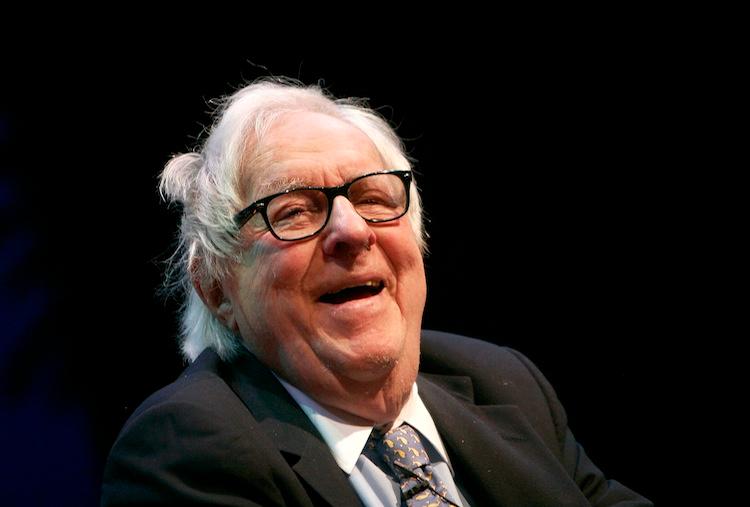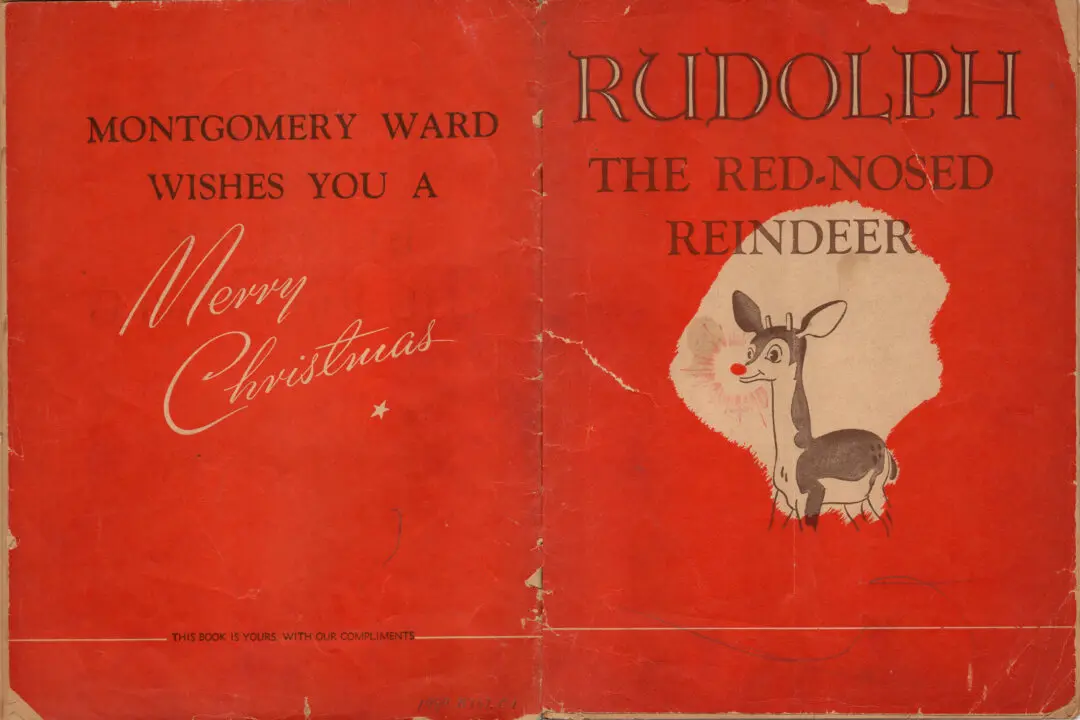Ray Bradbury (1920–2012) wrote about dinosaurs, time machines, and Halloween. The man who never learned to drive a car published story after story about space travel. Through his words and talent, he could bring alive a sleepy Midwestern town, a raucous Irish pub, a Martian sunset, or a cotton candy carnival, all without seeming to break a sweat. He co-wrote the screenplay of “Moby Dick” with John Huston and helped design part of the Epcot Center.
Bradbury also wrote about books and writers. No—he did more than merely write about them, he celebrated them; he shouted their names from the rooftops. He’d fallen in love with a platoon of writers and wanted us to do the same.






